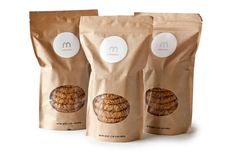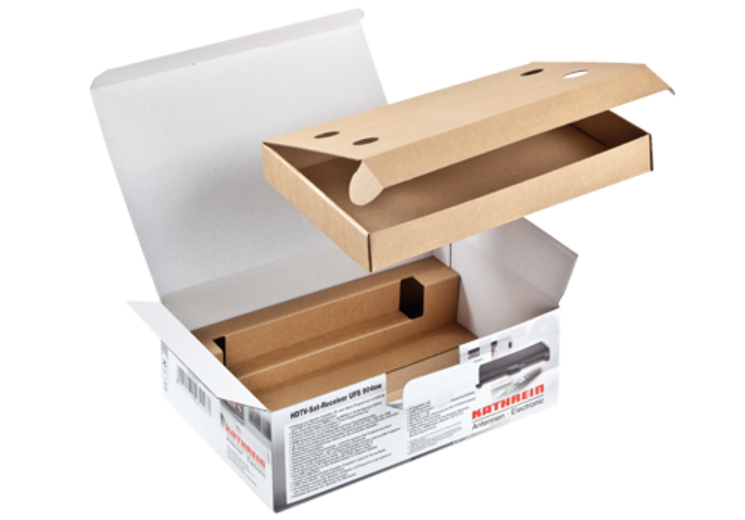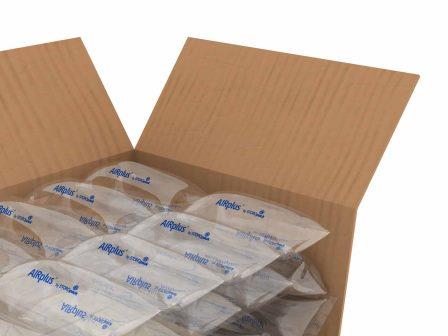There are several strong, air- and water-tight packaging materials including PET that offer excellent resistance to atmospheric conditions and foreign bodies. But none are impermeable.
The efficiency of packing material depends on its porosity and permeability. A tightly packaged product can still be affected by pathogens, heat and humidity, and other elements. But in many cases, there is a compromise between the two factors and rigidity.
So process engineers need to look towards newer technologies that can give them the desired packaging strength and permeability. Micro Packaging is one such method that uses nanotechnology to create materials with large surface areas and extremely low permeability.

Micro Packaging
Back in 2011, an engineering team in Texas A&M University developed a thin-coating polymer using nano-particles of clay and water. The surface area of the material increased manifold as the porosity reduced drastically.
The film (coating) is 70% clay particles and 30% water, and thus more eco-friendly than plastics. But most importantly, the coating is thousands of times thinner than a strand of hair, making it ultra-light.
This will allow a product like carbonated beverage to retain its fizz longer than any other tin or aluminium can.
Several other micro packaging materials have arrived at the market including polypropylene copolymer resins that are non-toxic and highly pure.
The niche of industry that micro-packaging can particularly aide is barrier packaging for food and beverages.
High barriers to migration or gas diffusion are not preferred owing to the fact that shelf life of a product is dependent upon the continual supply of oxygen for sustained cellular respiration.
On the other hand, in case of carbonated beverage container, it is desirable to utilize plastics that have oxygen and carbon dioxide barriers so as to prevent oxidation and de-carbonation of the beverage contents. Due to these complexities, packaging industry is seeking for alternative techniques that can perform the function of barrier packaging to retain the product quality for longer terms.
Micro packaging, has found a lucrative opportunity in barrier packaging, with its ability to provide a coating which is a few nanometers thick, and is sufficient to create an impermeable layer, without neglecting flexibility or adding any further costs.
Barrier properties can be improved with the help of micro packaging by combining the package materials with other high-barrier materials through polymer blending, coating, lamination, or metallization.
Risks
Consumers are speculative about the risks posed by nano-particles as the latter can enter skin pores and prove toxic. This forced producers to look into making packaging materials out of biodegradable compounds. But this may introduce unwanted foreign bodies into the product. Thus researchers are looking at a combination of biodegradable and anti-microbial compounds or composites.
Development of zinc oxide nano-particles that becomes more anti-bacterial with a reduction in particle size. Chitin – a natural substance found in the shells of crustaceans like crabs and shrimps – are some of the more recent advancements in anti-microbial packaging.
Micro packaging is making significant contributions in the development of several industries including food and beverage packaging.
Nanotechnology, owing to its ability to extend the shelf-life of products, has gained high demand in North America and Europe. The biggest competitors in this industry include Amcor Limited, Avery Dennison Corporation, Bemis Company, Inc., Bayer AG, and Tetra Pak International SA.





